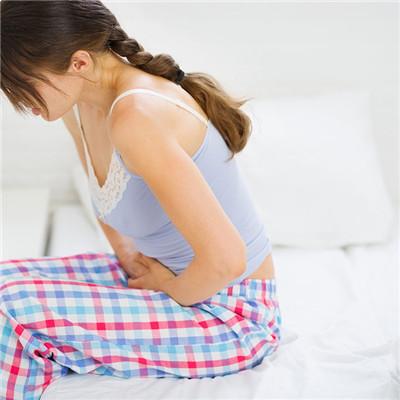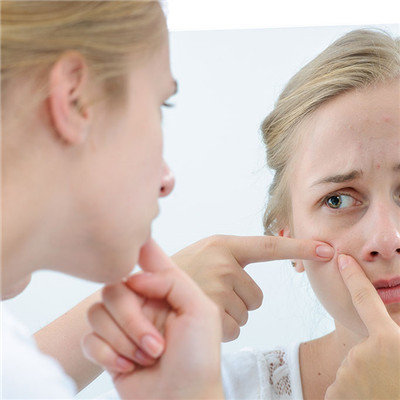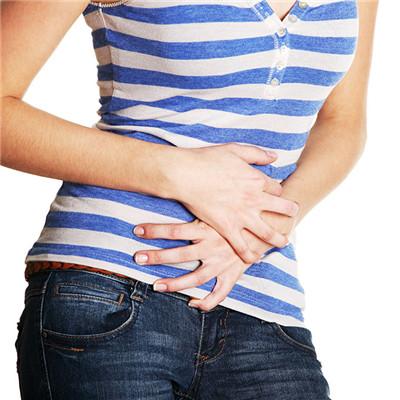Symptoms of hyperosteogeny
summary
Hyperosteogeny usually occurs above middle age. It is generally believed that due to physical weakness and degenerative changes after middle age; When standing or walking for a long time or holding in a certain position for a long time, due to muscle traction or avulsion, bleeding, hematoma organization, the formation of spiny or lip like bone hyperplasia; Bone spurs cause mechanical stimulation to soft tissue and injury, bleeding and swelling of soft tissue after trauma. Symptoms of hyperosteogeny? Let's talk about it
Symptoms of hyperosteogeny
In the early stage of knee hyperosteogeny, when walking, jogging, going up and down stairs, standing for a long time, squatting, running, pain or numbness, joint bounce, joint extension and flexion dysfunction, relieve after rest.
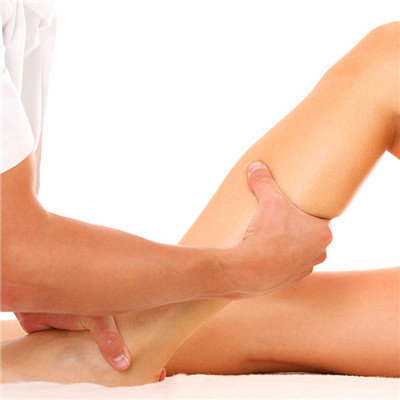
There is persistent dull pain. The pain worsens when the weather is cold or humid. When you get up in the morning or sit up for a long time, the knee joint is painful, numb and stiff. After a little activity, it gets better. In severe cases, knee joint swelling, joint effusion, morning stiffness and adhesions after sitting for a long time, dysfunction of joint extension and flexion, lameness, limited function, springing sound in extension and flexion activities, and aggravation of knee joint symptoms when going down the steps and standing for a long time,
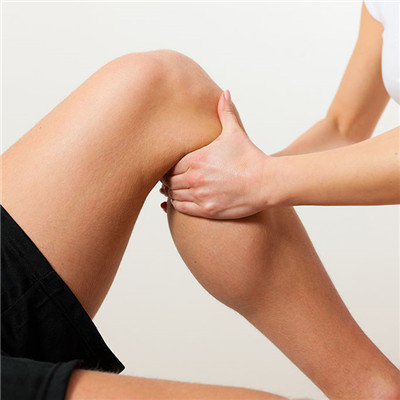
Some patients can see joint effusion, local swelling, compression phenomenon, knee joint anteromedial cord like mass with knee extension disorder, osteophyte formation around the knee joint, osteoporosis and osteosclerosis around the joint. The articular surface was rough and uneven, the medial tibiofemoral articular surface was obviously involved, and the joint space became narrow. Most of them have medial space stenosis and patellar spur formation.
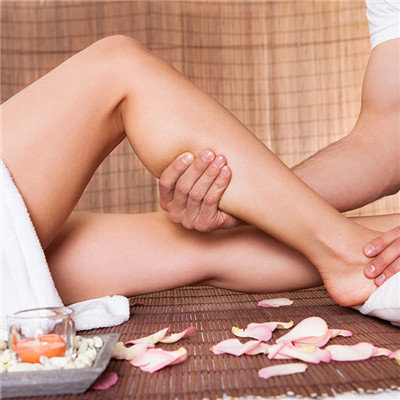
matters needing attention
On the contrary, proper physical exercise is one of the good ways to prevent bone hyperplasia. Because the nutrition of articular cartilage comes from the synovial fluid, and the synovial fluid can enter the cartilage only by "squeezing" to promote the metabolism of cartilage. Appropriate exercise, especially joint movement, can increase the pressure in the joint cavity, which is conducive to the infiltration of joint fluid into cartilage, and reduce the degenerative changes of articular cartilage, so as to reduce or prevent bone hyperplasia, especially the proliferation and degenerative changes of articular cartilage. Therefore, the method of rehabilitation of hyperosteogeny is exercise, and the significance is to eliminate or reduce the pain of hyperosteogeny and the resulting dysfunction, to maximize the recovery of their ability to live and work, and to improve and improve the quality of life of patients.
